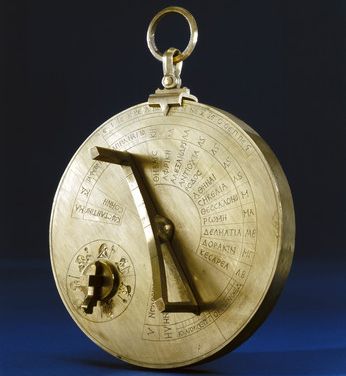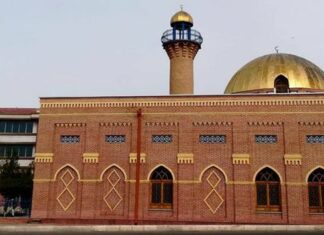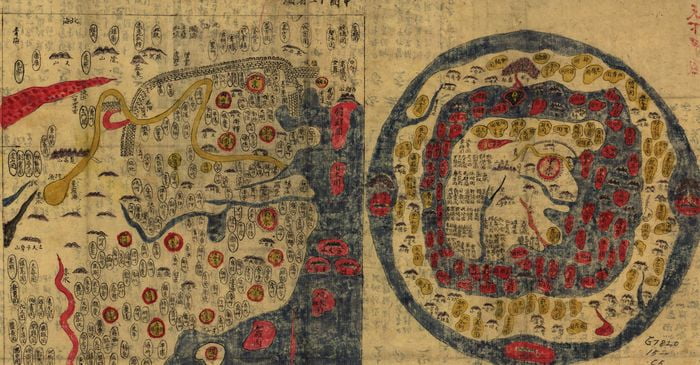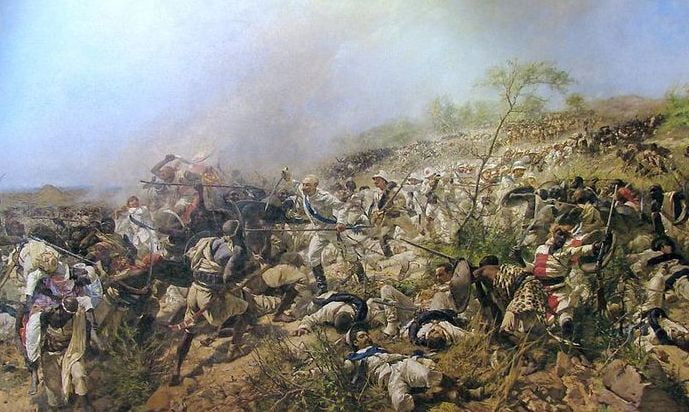After the adoption of Christianity, the Byzantine calendar “since the creation of the world” was implemented. As is known, that calendar sets the Beginning – the creation of the world, and the Ending – the Second Coming, which are the terminus post quem and the terminus ante quern of human history.
The implementation of the Byzantine Christian calendar of the Constantinople era before the introduction of the Gregorian calendar after 1700 was obligatory not only for ideological reasons, but also because of the religious cycle, without which the newly created Bulgarian church would not have been able to perform its cult- and customs- related practice. In Bulgaria, as generally in the East, the system of counting the years I “since Christmas” or “since the Incarnation of Our God Jesus Christ” is a very rare phenomenon. There is only one inscription, which indicates for sure this kind of calendar. It belongs to Omurtag and states:
“And the name of the ruler is Omurtag, Kan Syubigi. The year since the appearance of the true God is 820 and since the Creation of the world, 6328”
Since the inscription is in Greek, it was most probably made in the style of the usual imitation of the Byzantine practice. The separation of the Byzantine-Slavonic Orthodox community from the Western European Latin language group is also evident in the use of the calendar. The different “calendar language” used in the East and the West is another factor of their distancing and self-isolation.
Volga Bulgaria
The calendar is an important factor of the cultural memory of the nation which uses it. Volga Bulgaria is an excellent example of this well-known claim. The orientation according to the stars, the situation of the planets, the Sun and the Moon, belong also to the set of knowledge of the Bulgarians in the region of Middle Volga. This is proved by the detailed system of names of planets, separate stars and constellations, which is later kept by the so-called Kazan Tatars. The stars determine meteorological time during the year and control agricultural activities. The Turkish explorer of the 17th century, Hadzhi Caliph, using sources which have not been preserved, describes a Volga Bulgarian who makes astronomical observations far north of Bolgar.
It is believed that the most widely used calendar in the region of Middle Volga was the 12-year sun cyclical calendar, in which the months have names of animals. This calendar was in use until the time of the Kazan Khanate. Many late manuscripts give evidence of the fact that the ancient Bulgarian calendar continued to be used in Kazan during the Late Medieval Period. That shows the important role of Volga Bulgarians in the formation of the culture of the Khanate.
Read More about Agehi (985/1577)








